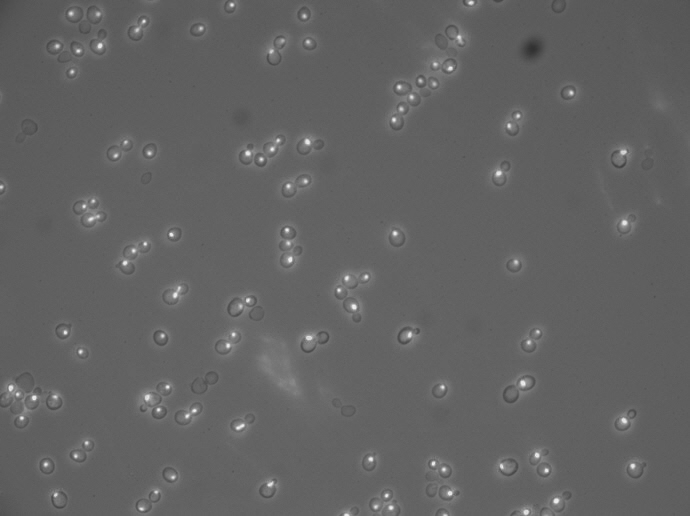
The fluorescent spots are from a histone protein hooked up to a green fluorescent protein. DNA is wrapped around histone proteins, so wherever the histones are, that's where the DNA is.
As cells divide, DNA has to be copied, and then one complete copy has to get passed on to the new cell. You can see that happening in some of these yeast cells, where DNA is being passed through what's called the bud neck, from the mother cell to the daughter cell:
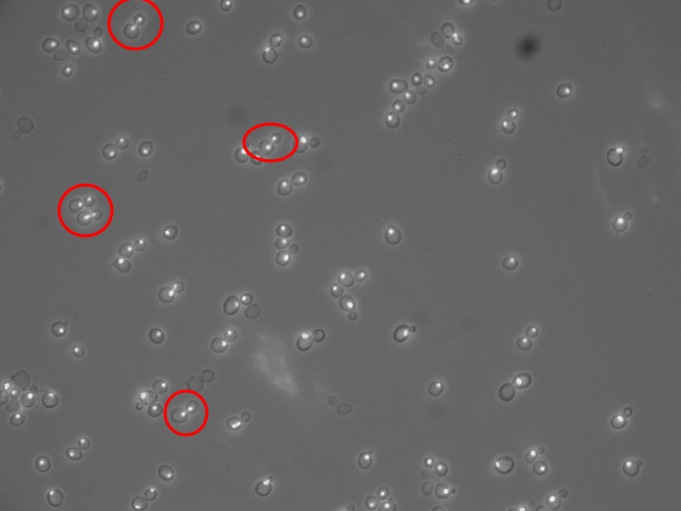
In some of these cells, the division cycle is complete, and the DNA is now sitting away from the interface between the two cells:
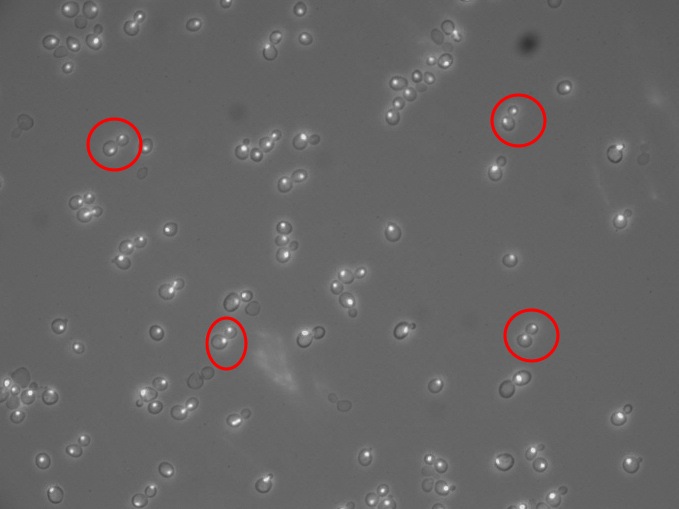
In a few cases, you can see cells with tiny buds, getting ready to pass on the DNA - the fluorescent spot is positioned right near the bud neck, but the DNA isn't passing through it:
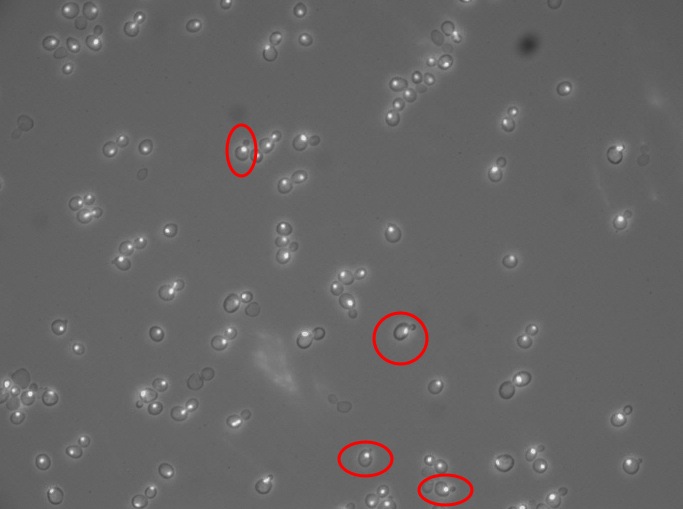
And maybe we have a screw-up here - two spots are clearly visible, but these spots got lost - they're not near the bud neck. This mistake (if that's what it is) will probably be fatal, but at some point, millions of years back, a freak event like this was not fatal, and the whole yeast genome was duplicated. You can see, in the brewer's yeast genome, relics of that ancient whole genome duplication event.
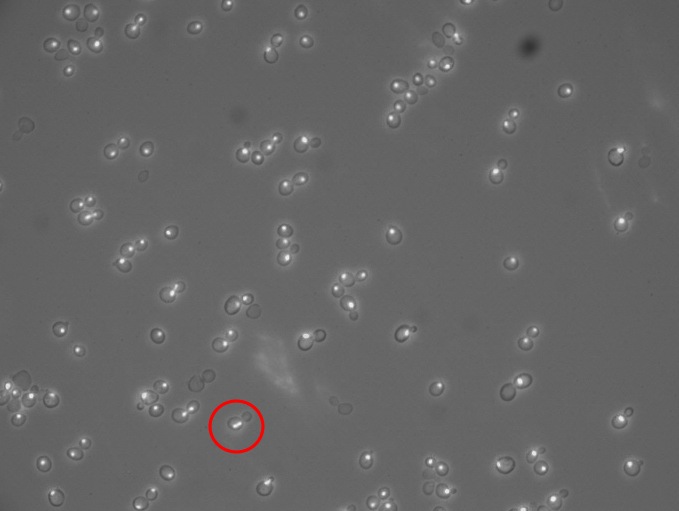
Looking at pictures like these gives a little context to the debate over scientific objectivity:
Gross frames his contrasts with two quotes -- one from a literature professor and one from an electrical engineer. The literature professor finds it hard to believe that any field is truly objective. “In everything from journalism to the sciences … claims and appeals to objectivity tend to do more to mask interest and situatedness than they do to actually assist in knowledge in any way,” says the literature professor.
But the engineer -- in a joke that Gross writes he heard repeatedly in doing this research -- offers a very different take. “One of the beauties of engineering ... is there is no such thing ... as a Jewish volt, there is no such thing as a Republican ampere. ... There’s no such thing as a conservative kilogram. Or an atheist heater. You know, the atheist looks at the volt meter and it reads 1.26 volts, the ardent Christian conservative reads 1.26 volts, the Muslim reads 1.26 volts. There is some measure of objectivity in this profession.”
Nuclear bombs, fluorescently-tagged proteins, and images of yeast cells passing their DNA on to the next generation clearly demonstrate that there is at least something to the notion that there is such a thing as objectivity in the sciences. It may not be perfect, but it produces results like nothing else.
Pictures by Linda Riles.





Comments